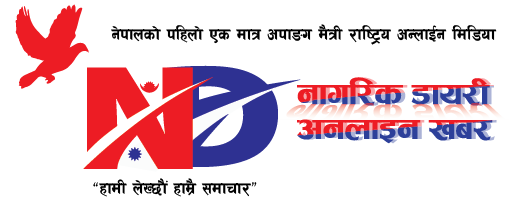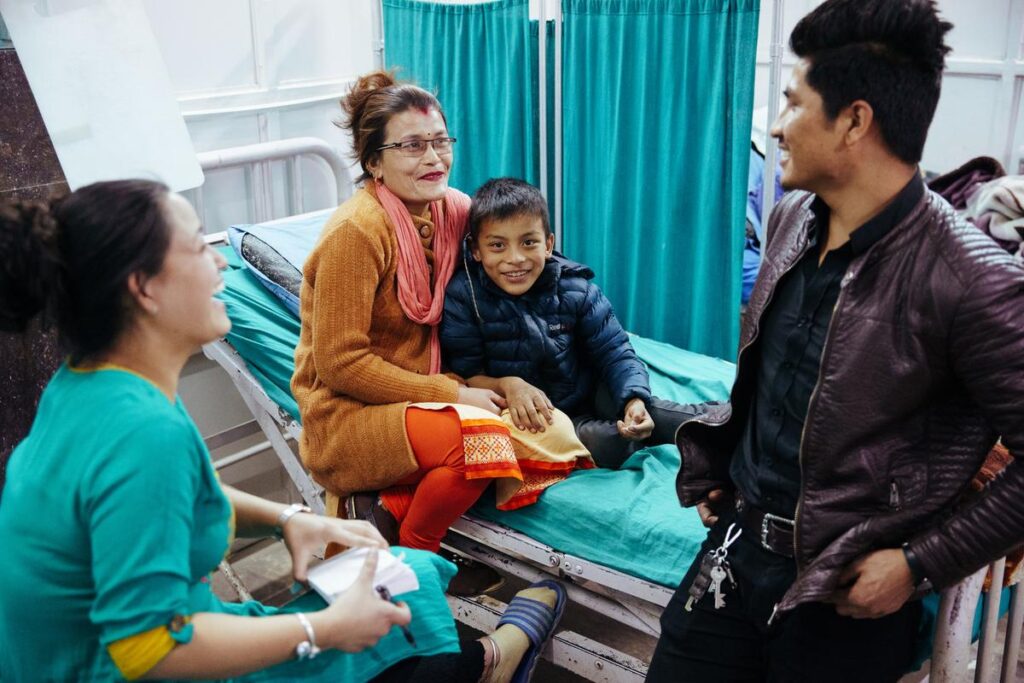After years of advocacy efforts, a major breakthrough happened in Nepal in the end of 2021, where one out of seven provinces agreed to allocate budget for the procurement of haemophilia treatment. Following the step, three additional provinces allocated budget again in June 2022.
At the same time, the Ministry of Health and Population also allocated budget on a national level to purchase treatment for the haemophilia community of Nepal. Furthermore, the Ministry of Health and Population developed a National Health Policy, mentioning the establishment of laboratories in each of the seven provinces of Nepal – a step towards ensuring diagnosis outside the capital of Kathmandu.
In June 2020, the treatment was procured for the first time in Nepal with the budget allocated in 2019. The government, together with the Nepal Hemophilia Society, is in the process of procuring the treatment with the recent budget allocated to haemophilia care.So, how were these achievements reached?
The NNHF project team focused on raising awareness of haemophilia amongst government, civil society and organisations working with people with disabilities through advocacy, discussion and building partnerships at international, national and local level.
During all the phases of the project implementation, the team has established bonds with several organisations – local, national and international – to maximise the impact of their advocacy efforts.
We have asked the Nepal Hemophilia Society President, Mr Nabin Chandra Dhungel to tell us more about the success of their advocacy efforts.
Could you please tell us what has been “the reason” behind the success of your advocacy efforts in your opinion?
First of all, I would say that networking with other organisations and establishing a good relationship with the Disabled Person’s organisations (DPOs) has played a crucial role in the success of our advocacy efforts.
The Nepal Hemophilia Society has networks in each of the 7 provinces of Nepal. We are also a member organisation of the National Federation of the Disabled Nepal (NFDN), which work closely with the government. The NFDN and other organisations working for the rights of persons with disabilities, were all aware about the issues faced by people with haemophilia.
The Nepal Hemophilia Society has also utilised its networks. The head office together with the Province offices have been advocating with the government. We have been conducting regular meetings and follow up visits in the governmental ministries and departments.
Furthermore, the Nepal Hemophilia Society has partnerships with many national and international organisations which have been providing support either technically or financially.
The pressure to include haemophilia in the Nepal Government Act related to the persons with disability was high.
Haemophilia was categorised as a disability in 2017as per the Act, after years of lobby and advocacy.
Furthermore, policy and legislation have also been key in the success of our advocacy efforts.
It has been a big achievement to have haemophilia included in the national Act. The Act states that the government shall provide the anti-haemophilic factors necessary for all Nepali citizens living with haemophilia. The inclusion of haemophilia in the legislation has made it easier to fight for our rights. Similarly, the 10-years strategic plan of the Ministry of Health and Population relating to the management of the disabilities has also mentioned the provision of free of charge treatment products for persons with haemophilia.
The inclusion of haemophilia in the disability act in 2017 was the first very important seed planted to the inspiring advocacy efforts of the Nepal Hemophilia Society. Hereafter, the patient organisation applied for a NNHF project to continue and escalate their initiated advocacy efforts. The project was approved by the NNHF Council in 2018 and in January 2019, the NNHF team carried out an advocacy and media engagement workshop in Nepal, which resulted in the development of an advocacy strategic plan, tailored to the needs identified.
What have been the steps you have taken to implement your advocacy strategy plan?
To start, we developed a 3-years advocacy strategic plan.
With reference to the plan, we identified the stakeholders as well as the organisations who could provide us support.
We started by raising awareness about the condition and the challenges faced by the people with haemophilia in Nepal amongst organisations, personnel working for the rights of disabilities, media and the government authorities.
We updated the information related to people with haemophilia, such as necessary statistical data, current situation faced and legal provision. Along with this data, a letter addressed to the government was prepared, requesting to implement the legal provision made for haemophilia.
The letter was shared with different national human rights foundations and different governmental offices.
The government officials who were in our networks were approached, asking them to voice out our issues.
All the organisations working for the rights of disabilities were also actively involved.
Different sources of media were approached to broadcast content related to haemophilia.
Continuous lobby and advocacy work were conducted by the central office as well as provincial networks through direct meetings, telephone as well as social networking.
At last, the government has initiated to implement the policies to provide treatment to persons with haemophilia.
What was the biggest challenge you faced during the implementation process – and how did you overcome the challenge?
While we had just started advocating with the government, there was a complete lockdown in Nepal because of COVID-19 pandemic. Travelling and physical meetings were highly restricted, so we could not conduct direct meetings with the government officials. We had to depend on the virtual meeting platforms in most cases, which is not as effective as physical meetings to make officials understand our issues.
As we were experience a drastic shortage of treatment available, we were worried for the lives of our members.
So, the main topic of discussion was for the government to provide treatment for haemophilia. The discussions were held with both the central and provincial government authorities. There were also some visits to the ministries with submission of request. Similarly, open letters were addressed to the government, demanding to ensure the rights of the people with haemophilia to survive. The organisations working for the rights of persons with disabilities and the media/local news outlets were equally involved in raising the voice.
What would be your advice to members of the haemophilia community who also want to advocate for improved haemophilia care?
Advocacy is a powerful tool. To make the government establish our rights and provide free health service takes many years of hard work.
It is important to be included in the national laws and policies. Because the population of the persons with haemophilia is quite low compared to other diseases, our voices remain often unheard. Sometimes you may need to positively interfere in the government’s decision. We need to increase our networks and collaborate with other organisations who are working in similar areas, to fight for the rights of persons with disabilities. It takes a long time of efforts and commitment to be successful, so you also need a strong belief and patience. However, the results of effective advocacy are solid and long-term.


